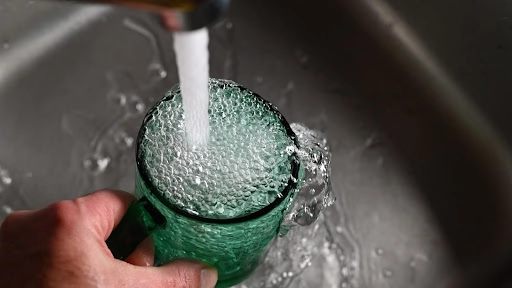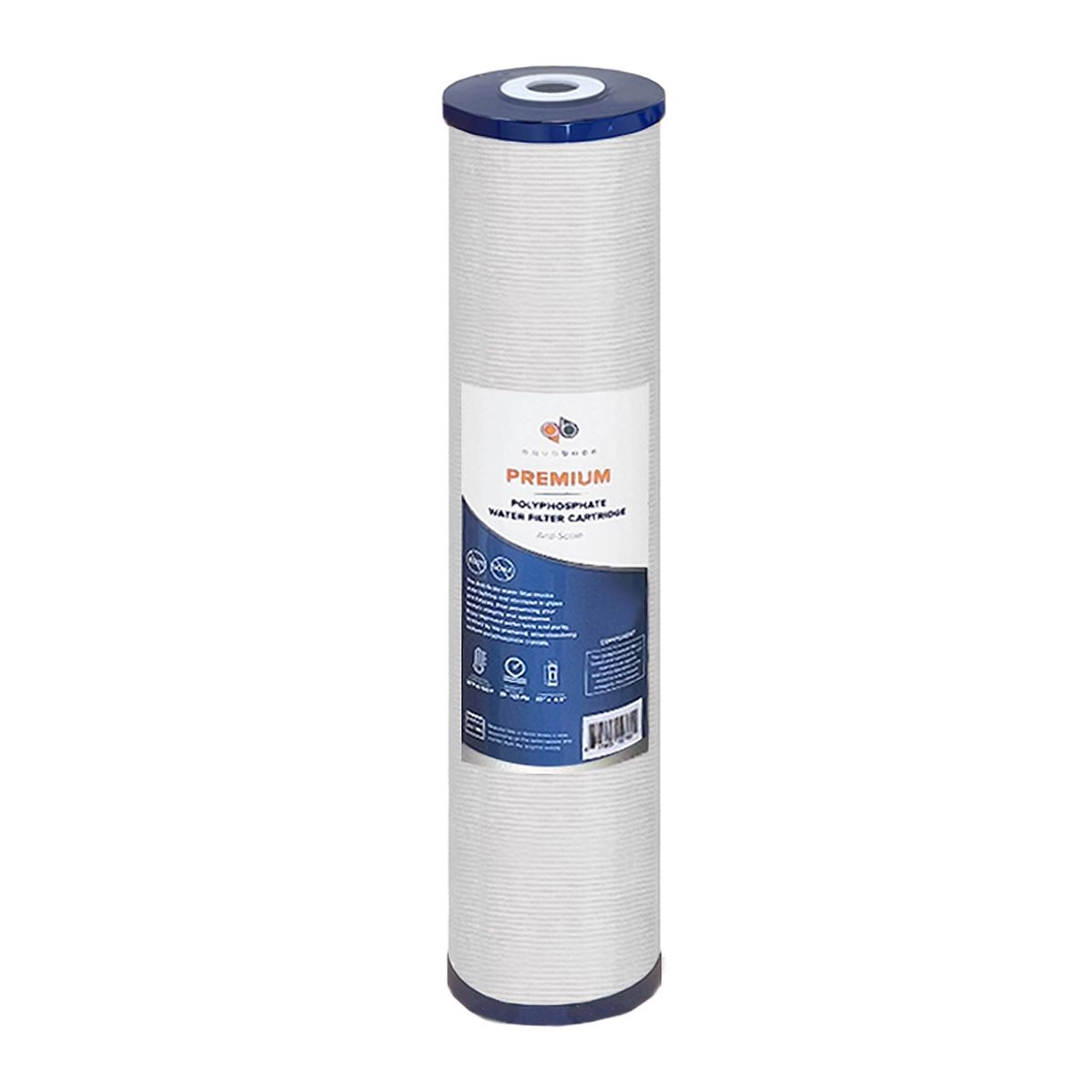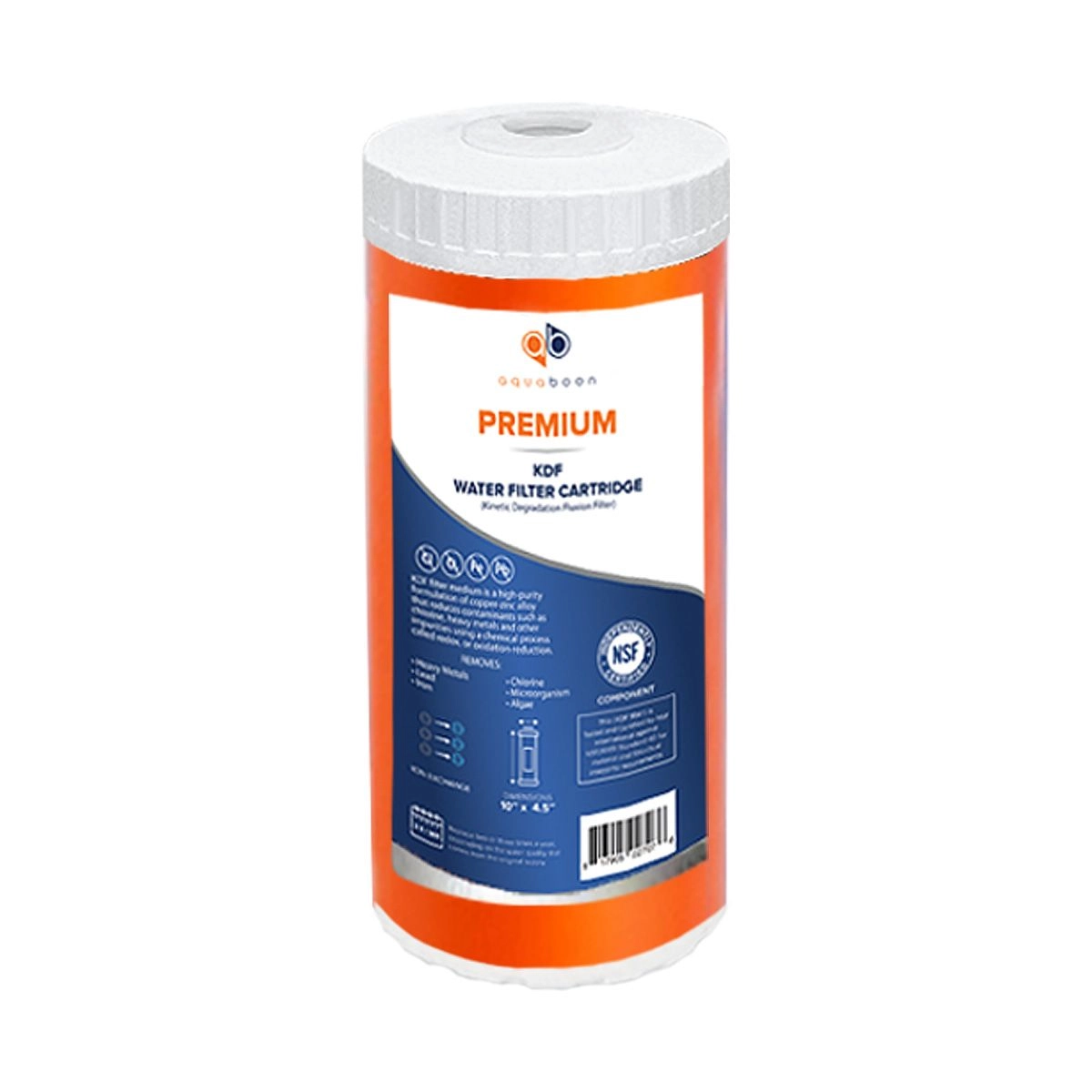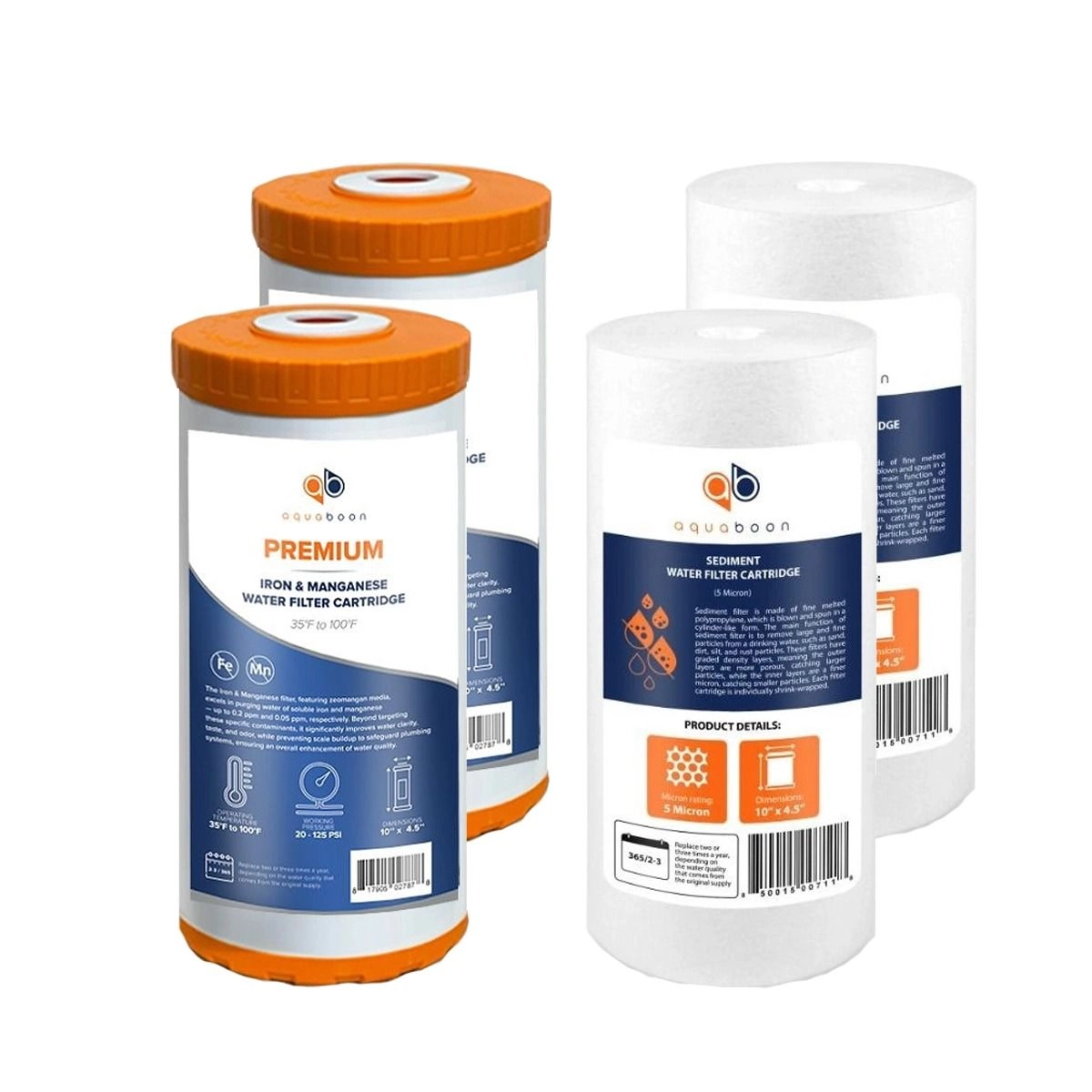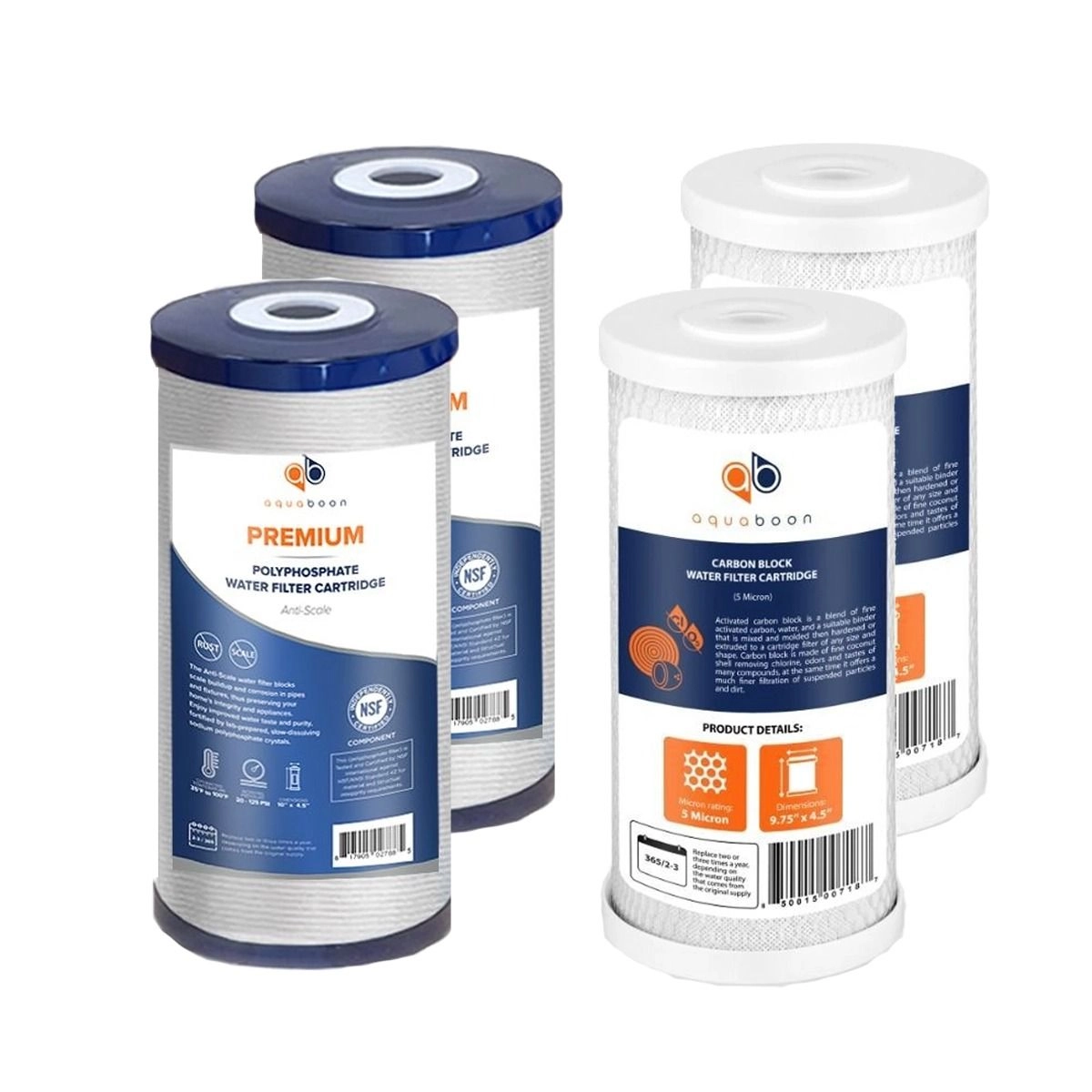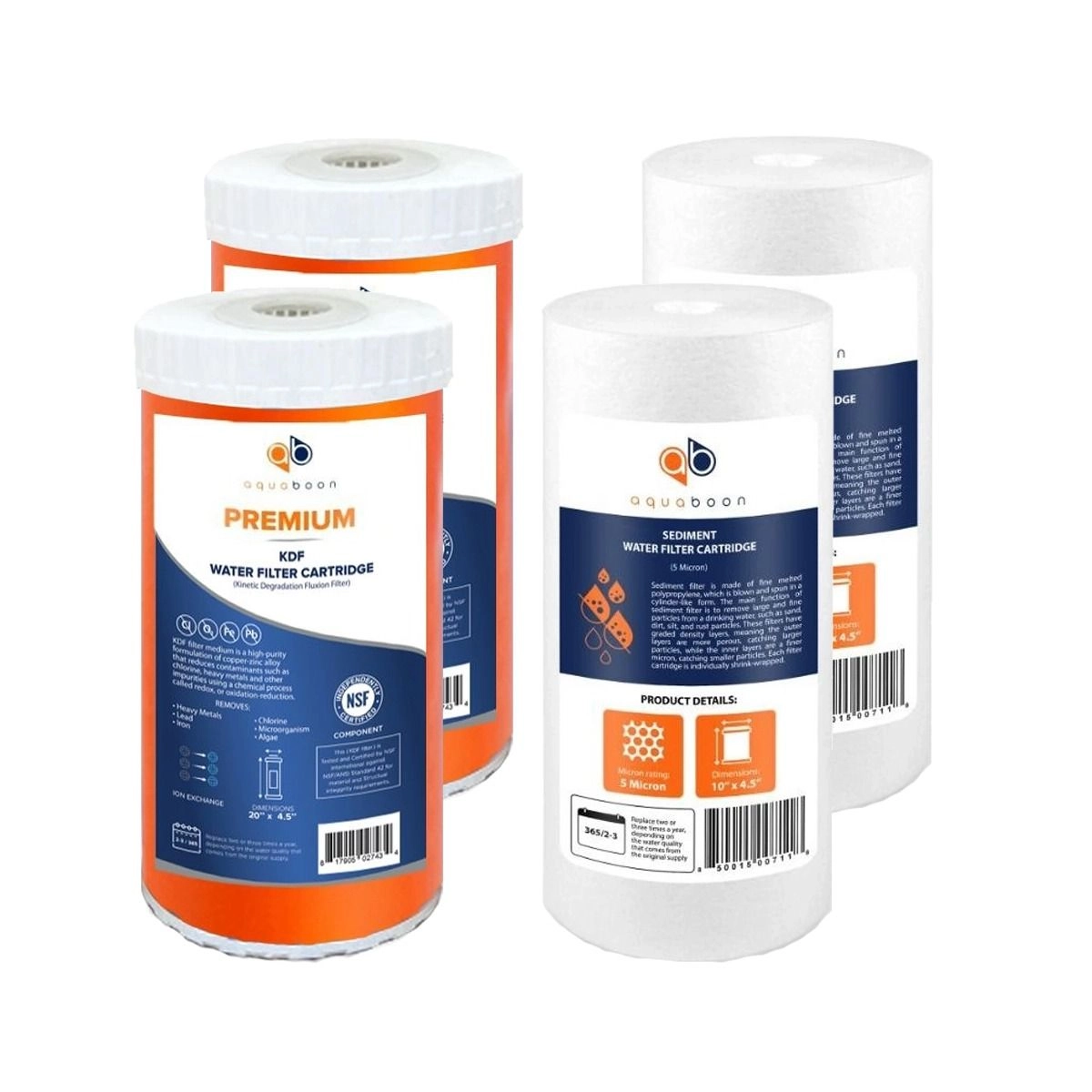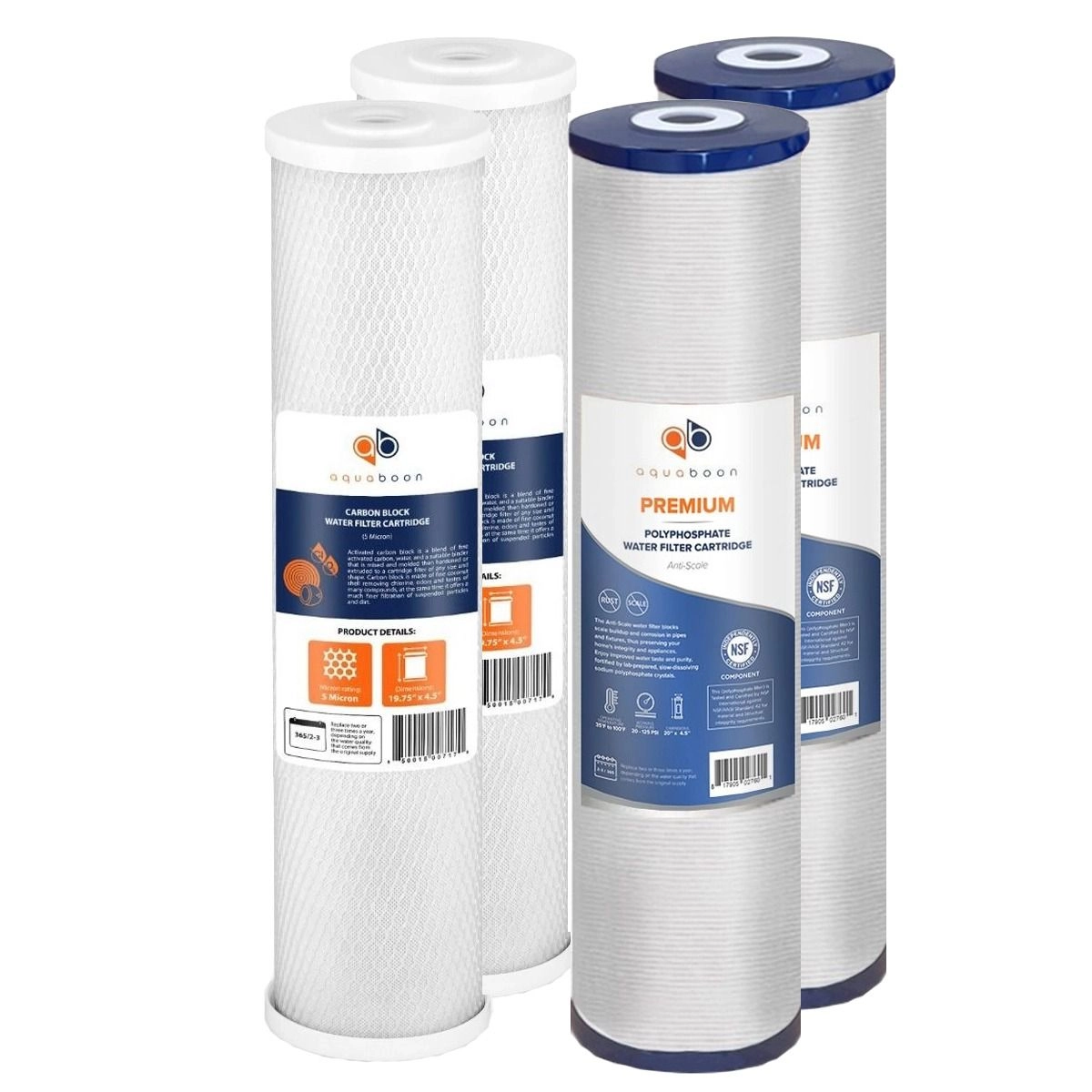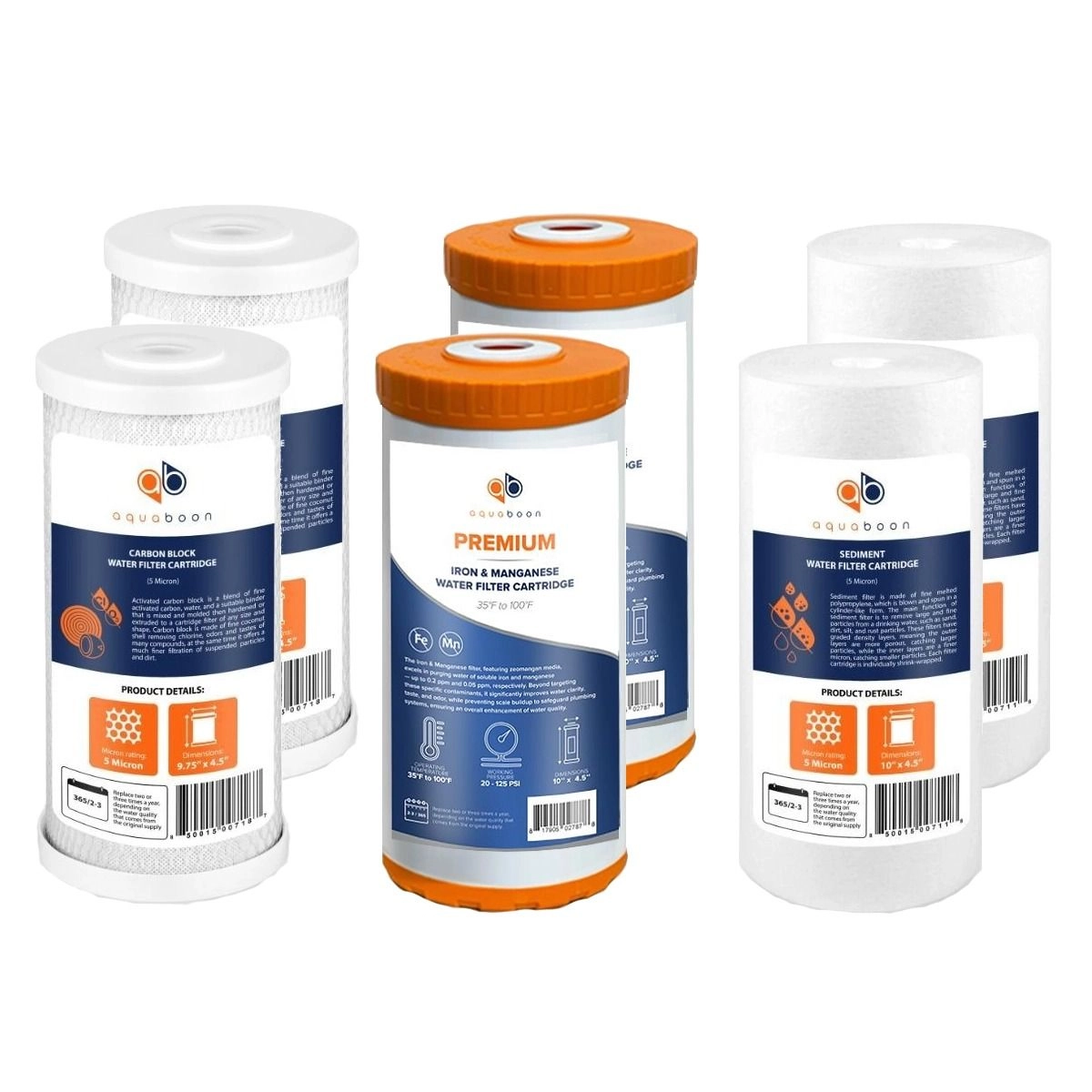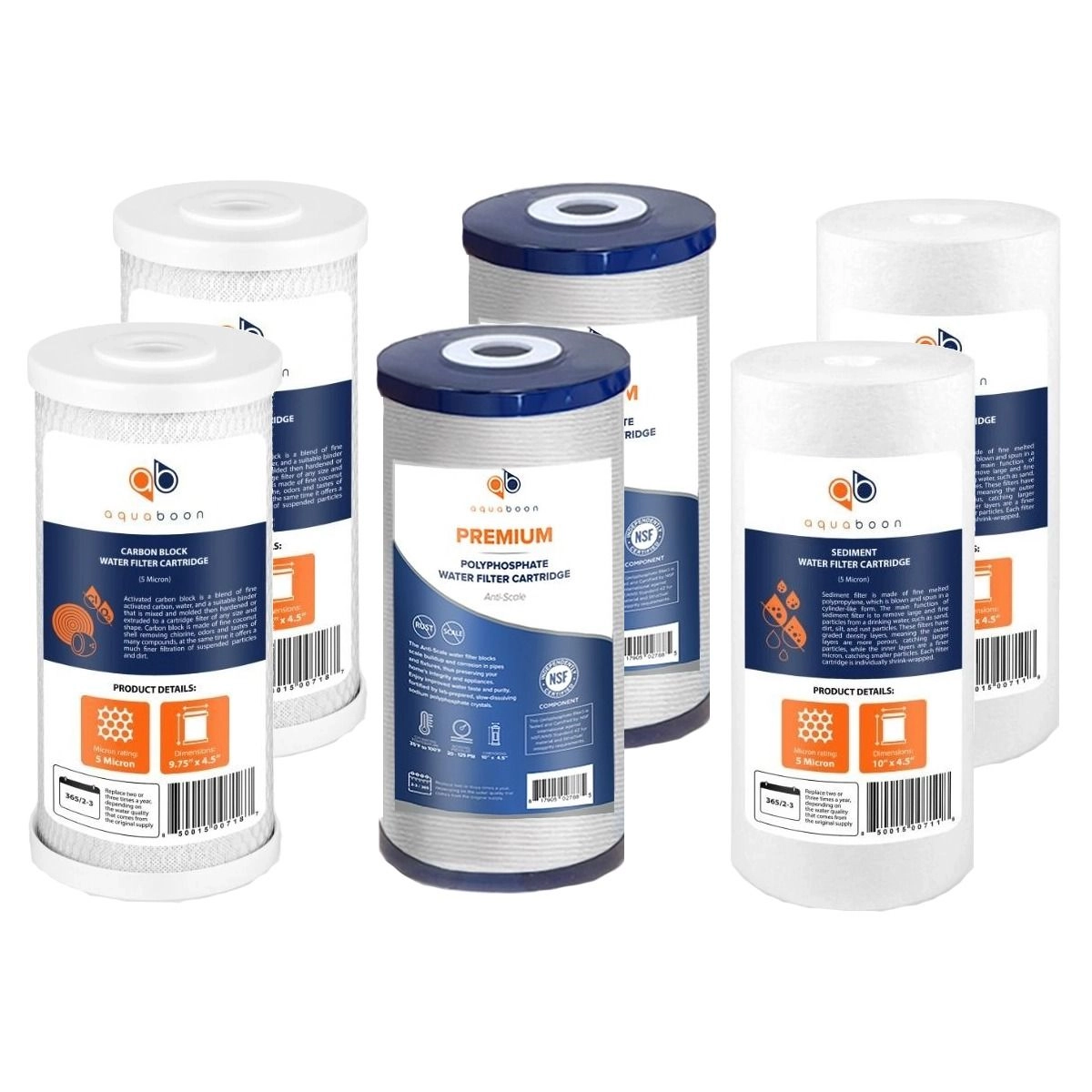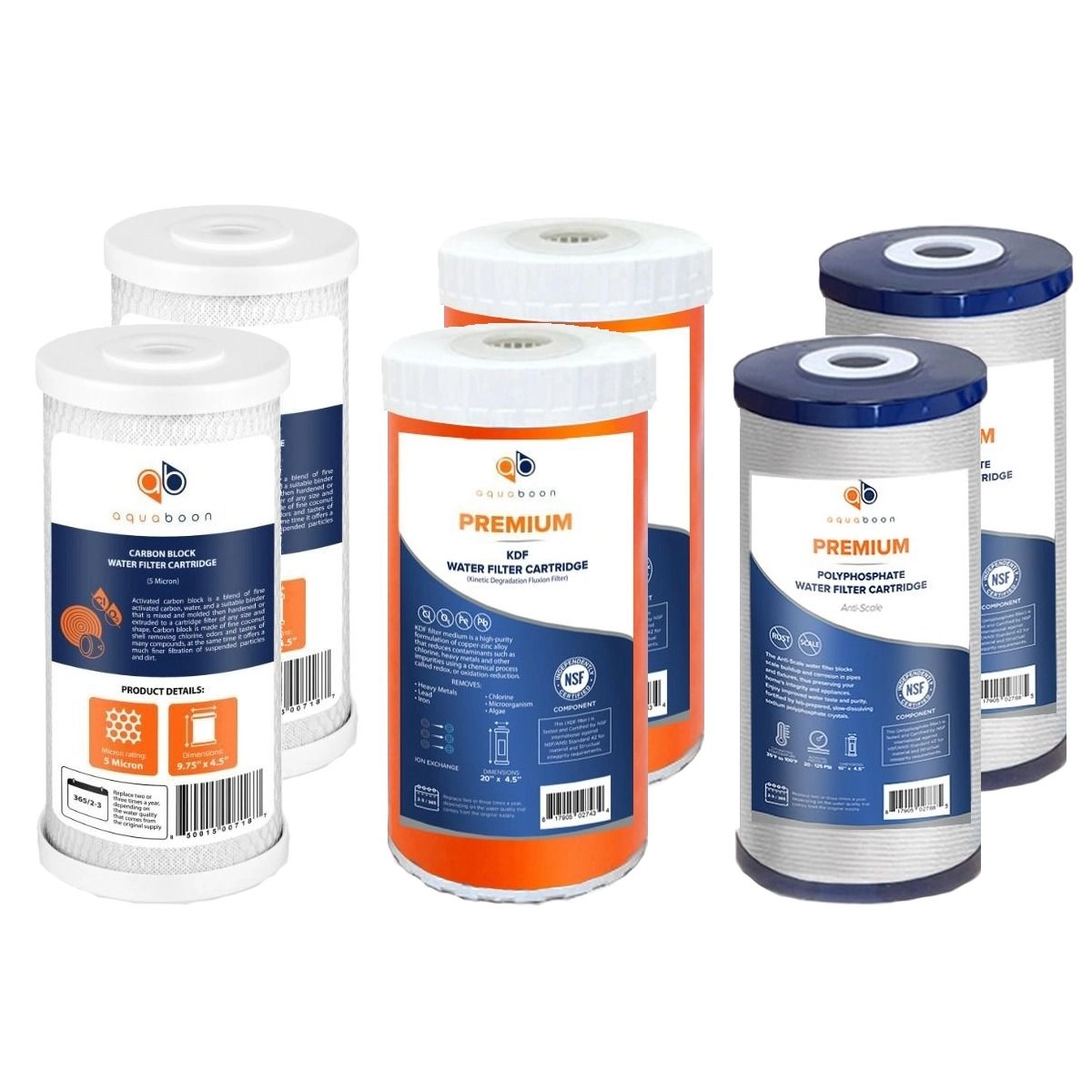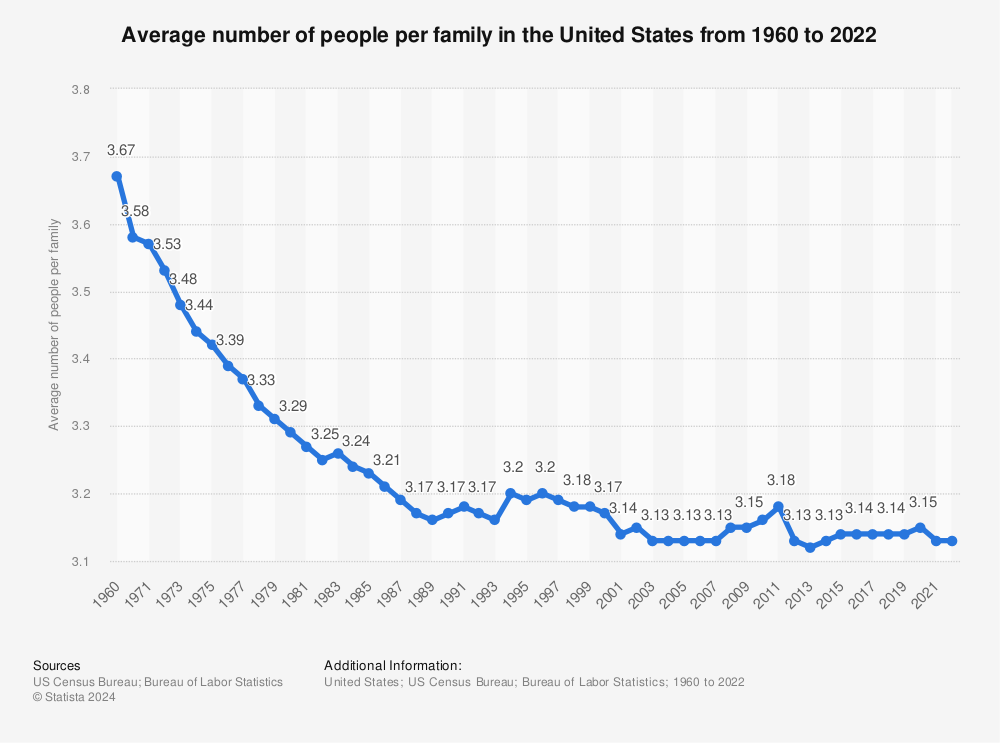Most of us don’t know what a flow rate number is until we experience a pressure drop in the bathtub or under the shower. That's when we start to wonder how much water really gets through our faucets.
Do you want to learn what a house water flow rate is? No problem, we’ll tell you. It is a simple measurement of how much liquid passes out of your faucet at a given instant.
Knowledge of the average flow rate of water in the house is especially essential when choosing a proper whole-house water filtration for your home.
In this article, you’ll learn everything there is to know about the average water flow rate for homes, why it’s so important, and how to quickly calculate it. Continue reading to start learning.
How to calculate your home water flow rate?
Calculating the average water flow rate in a house is not rocket science. You can do the maths by hand or get an online calculator.
Here’s what you’ll need to calculate it:
- The size of your pipe, usually the diameter (measured in ft)
- The velocity of liquid passing through your pipes: Measures how fast it gets through these pipes (ft/sec). This is a pretty standard number that can be estimated.
| Water source | Maximum Velocity (ft/s) | Maximum Velocity (m/s) |
|---|---|---|
| General Water | 3 - 8 | 0.9 - 2.4 |
| Tap | 1.6 - 8.2 | 0.5 - 2.5 |
| Cooling | 4.9 - 8.2 | 1.5 - 2.5 |
| Process | 5 - 10 | 1.5 - 3 |
| Condensate | 3.3 - 6.5 | 1.0 - 2.0 |
| Suction Boiler feed | 1.6 - 3.3 | 0.5 - 1.0 |
Formula
Without going through an online calculator, here’s how you’ll quickly calculate the rate for each home pipe:
Flow rate = Area of pipe (sq ft) x velocity of water (ft/sec)
Where…
Area of pipe = π * radius2
If the diameter is given…
Area of pipe = ¼ * π * diameter2
Therefore, Flow rate = ¼ * π * diameter2 * velocity of water in the pipe.
Don’t let the formulas trouble you, it’s a pretty straightforward calculation, as you would see on the summary board above.
Example: What is the average GPM for a house, with liquid traveling at 10 ft/sec in a 25-inch pipe?
Solution:
Diameter = 25 inches = 2.5 ft
Flow rate = ¼ * 3.142 * (2.5 ft * 2.5 ft) * 10 ft/sec = 49.094 cubic ft/sec
Note: Although the rate is calculated in cubic ft per second, most filter suppliers prefer to use gallons per minute (GPM). This means whatever value you compute has to be converted to GPM. Which is easy!
1 cubic foot = 7.48 Gallons, 1 sec = 1 / 60 min
Thus, for our example above, Flow rate = 22,034.75 GPM
How many gallons does your home need?
How many gallons your home needs over a period of time will always come down to preference and the size of your home. By size, we mean the number of individuals who live in your home and the square footage of your house.
An average household uses over 300 gallons of water a day, which equates to about 75 gallons per individual.
What is the average household flow rate?
The typical GPM for a house is 6 GPM (recommended) — for water from a well or spring. This flow rate can provide 360 gallons of liquid per hour, which would be sufficient to meet most home needs.



